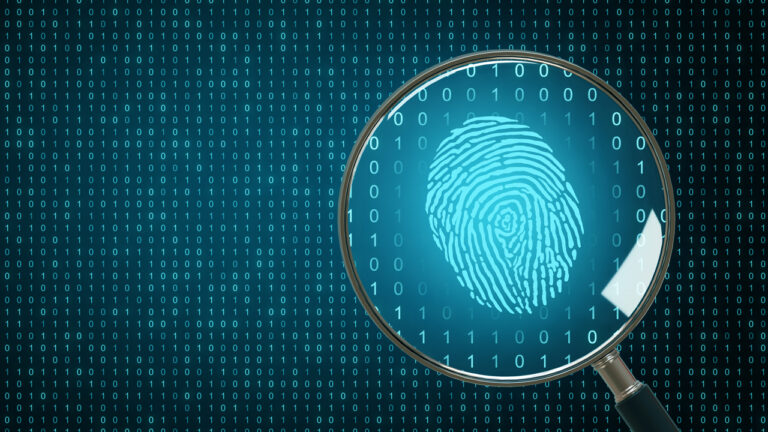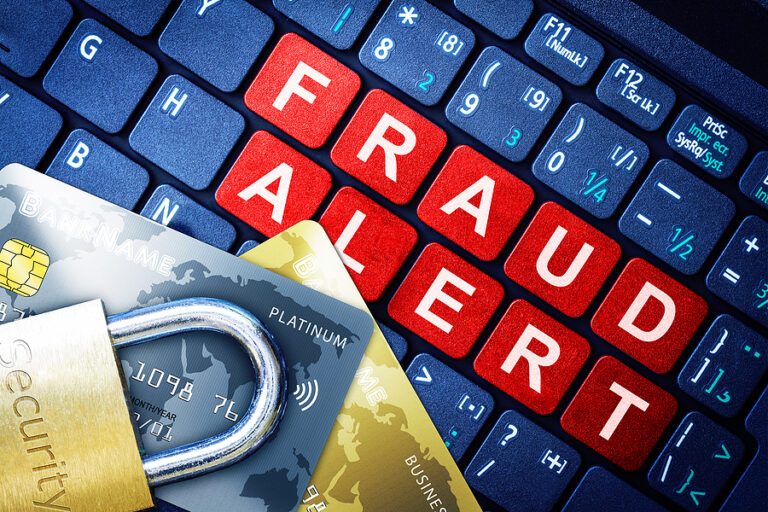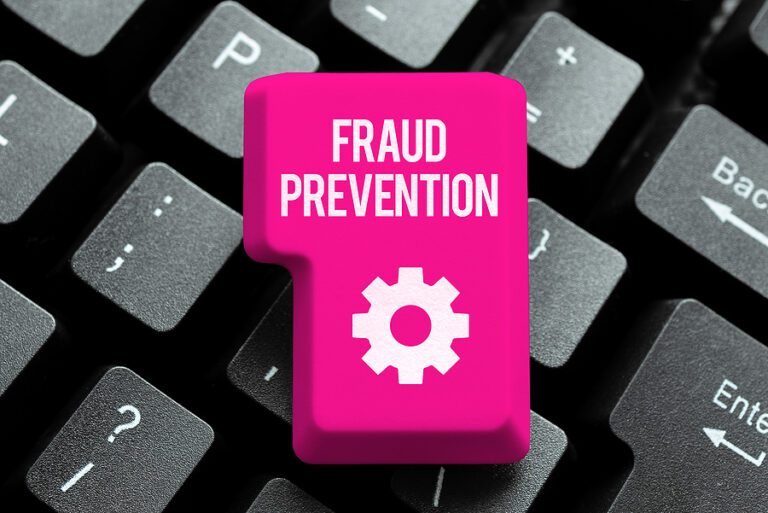A Prescription to Reduce Chargebacks in the Healthcare Industry

The American medical system — it’s complicated to put it simply. While the United States enjoys one of the most advanced healthcare systems in the world and is a leader in medical technology, the industry itself is immensely complex. On top of complicated medical procedures and byzantine insurance networks, chargebacks add their own complications. Just like any other business, medical providers and health insurance companies get hit with fraud.
Complexity lends itself to vulnerability. Vulnerabilities invite fraud, and fraud makes chargebacks. Chargebacks incur many penalties, including:
- Lost inventory and revenues as payments are reversed and returned to cardholders.
- Chargeback fees, which can cost $100 or more.
- Higher fees from acquiring banks and payment processors.
- Lost time and labor spent managing disputes.
- Inventory losses when products aren’t returned.
In theory, chargebacks protect cardholders from fraud. Chargebacks were created in the 1970s to prevent merchants from cheating consumers in credit and debit transactions. In practice, the tables were turned to where fraudsters and consumers alike can abuse the chargeback process to steal from the merchant. Given the high dollar amount of medical-related transactions, healthcare professionals must strive to reduce chargebacks and fraud. Let’s take a look at how they can do so.
Can Chargebacks be Used to Reverse Any Payment?
Chargebacks reverse most credit and debit transactions that are deemed to be fraudulent. However, the right to reverse payments is not universal. Payments to an insurance company can’t be reversed via chargebacks, for example. Likewise, a patient can’t claw back insurance premium payments deducted from their paycheck. That said, in some cases, patients may be able to reverse payments made with other methods, such as ACH transfers.
Clearing Up Medical Billing Confusion Can Reduce Chargebacks
Transaction confusion is a leading source of chargebacks no matter the industry. Given how complicated medical billing can be, patients can easily get confused by a charge and suspect fraud. By clearing up confusion and setting proper expectations, your medical organization may be able to reduce chargebacks.
First, billing descriptors should be made as clear as possible. Billing descriptors are brief bits of text that describe what’s being charged. A medical bill might have charges for ibuprofen, wound dressings, and x-rays, for example. If a customer receives a bill and they don’t understand specifically what they are being charged for, they might turn to their bank for a refund.
Second, the customer should be able to instantly recognize the hospital or other medical organization that is billing them. To illustrate, let’s say Dr. John Doe is a dentist who runs Dr. Doe Dental Clinic. However, he set the company up under a holding company called Jonathan Holdings LLC. When patients pay with a card, and they see the LLC name on the statement, and not Dr. Doe Dental, they’ll be more likely to suspect fraud, given the descriptor.
Keep Clients Happy and Set Proper Expectations to Reduce Chargebacks
In addition to fraud and transaction confusion, dissatisfaction can be a leading driver of chargebacks. Meeting patient expectations is a major challenge for insurance companies and especially supplemental insurance policies. With healthcare costs continuing to rise, many customers are opting to take out supplemental insurance. These plans can provide additional coverage, including:
- Covering copayments and fees.
- Providing funds in the event of lost income.
- Dental services.
- Vision services.
- Increased coverage for serious conditions like cancer.
For better or worse, however, patients are often disappointed with the coverage provided by the supplemental policy. With insurance policies, the devil is often in the details. So if a customer didn’t read the insurance policy correctly, they could be let down later on.
It’s best to make things clear from the get-go. Insurance providers should consider making their policies easier to understand. It could help to illustrate what is and what is not covered by any given plan. The greater the clarity, the lower the risks of chargebacks getting filed.
Offer Omnichannel Payments
One way hospitals, clinics, and insurance providers can reduce chargebacks is by offering payment options besides credit and debit cards. Indeed, some organizations may want to skip accepting debit and credit cards. That said, doing so may cost you a great many legitimate customers.
Chargebacks mostly apply to credit and debit card transactions. In some cases, ACH payments can be reversed. However some payment options, such as direct wire transfers, are very difficult to reverse. Some payment portals make it easier to initiate and manage direct bank-to-bank transactions, and using these can reduce chargebacks.
While debit and credit card transactions share a common dispute process, other payment methods can vary significantly. Paypal, for example, can process credit and debit, but they have a different dispute process for disputing payments sent over their network. Be sure your billing team understands these variations for each of the payment channels you offer.
Also, if you do offer credit and debit card transactions and customers can make payments online or over the phone, make sure you get the Card Verification Value (CVV) — the three numbers on the back of a card. If a card-not-present transaction takes place and you fail to get the CVV, you’ll lose essentially any resulting chargeback dispute.
Understand and Utilize the Chargeback Dispute Process
The chargeback dispute process can be rather complex; here is an overview of the process:
- The cardholder contacts their card-issuing bank to dispute a charge.
- The issuer will examine their claims and decide whether to file a dispute.
- If the issuer accepts the dispute, they assign a reason code and file the chargeback with the seller’s acquiring bank.
- The disputed amount is debited from the seller’s account along with fees.
- The seller can fight the cardholder’s dispute by re-presenting the transaction along with additional compelling evidence in a rebuttal letter.
- The issuer evaluates the representment with evidence and decides whether to reverse the chargeback.
- Successful representments recover the transaction amount, but not any fees or other assessments.
- The cardholder can file a second chargeback. Conversely, the merchant can escalate to arbitration if their representment failed. Either party can only do so successfully if there is new information to bring to the case.
During this process, if you miss any important deadlines or fail to submit evidence, you might end up paying for an unwarranted chargeback. The good news is that you can now use dispute management platforms to prevent, manage and even automate much of the dispute process. These platforms reduce the amount of resources needed to manage and fight chargebacks, and may also pave the way for a higher success rate when it comes to fighting chargebacks.
Setup Chargeback Alerts to Preempt Disputes
Another great option for hospitals, insurance companies, and others is to set up chargeback alerts. With this tool, you’ll be notified of a dispute before it becomes a chargeback. Then, in cases of true fraud where you are liable to reverse the transaction, you can refund the dispute first and avoid the chargeback and its associated fees and penalties.
For transaction confusion, dispute management platforms can enable you to send additional transaction information beyond a simple descriptor, such as detailed information on the charge, delivery confirmations, and contact information. When you tie the cardholder to their purchase with this additional data, a dispute can be deflected before it escalates.
As you can see, when it comes to chargebacks, there is a lot to consider. If you have any questions or concerns, feel free to get in touch. We can help you understand the dispute process and also actionable solutions for reducing chargebacks you’re hit with.






